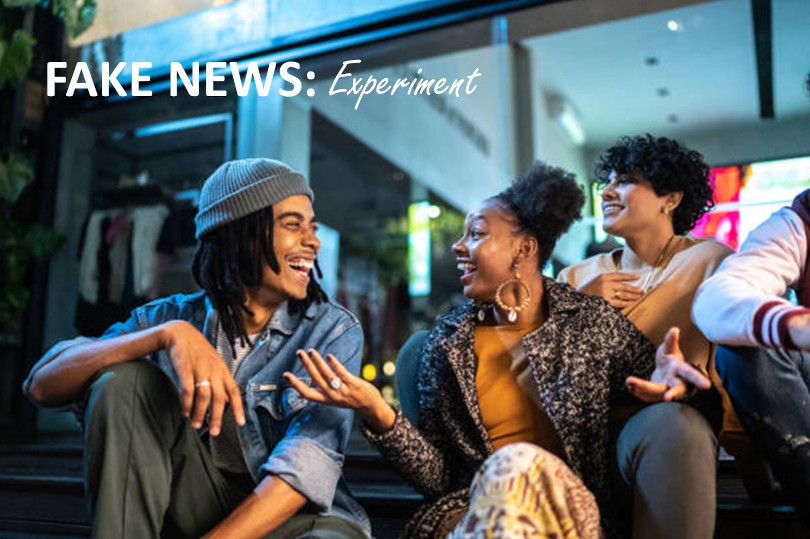January 23, 2016 (Day #1)
My hypothesis is simple: If a cultural creation by the African American ethnic group can be appropriated, it will be. How might I justify and then prove this claim?
The presence, prominence and dominance of African American traditions and innovations in international popular culture has been widely documented. The specificity of these traditions and innovations to the African American experience does little to deter the rate of appropriation.
African American fashion, music, and even that which a people hold most dear, their language, have all suffered cultural appropriation. These examples by no means constitute a comprehensive list by themselves. Indeed, even the African American female body has come to receive this treatment. What was once brutalized has become iconized, and it is this phenomenon I seek to stretch to its greatest limits.
I contend that anything popularized by and within the African American community can and will be culturally appropriated. I have enlisted a sizable team of African Americans ranging from ages 15 to 25 to test my hypothesis. The team consists primarily of musicians, screenwriters, social media influencers and everyday lower-to-middle-class American citizens. I will direct this team’s actions in an effort to create and then popularize trends in the American social sphere. From there, I expect these trends to be culturally appropriated, first within the country and eventually internationally.
March 15, 2016 (Day #53)
An expedient outcome. I instructed my team to affectionately refer to themselves and other African Americans as “pugnatious rapscallions” or “pugraps.” They were also to scold non-black usage of “pugrap” to install within it the social mechanics of a reclaimed slur.
White elementary school students have been documented using the word to harass their African American classmates. Today, Merriam-Webster defined “pugrap” as “friend; confidante (African American Vernacular English).”
May 23, 2016 (Day #122)
My conjecture that the international obsession with Black hairstyling could establish trends with ease was substantiated. This establishment, to my surprise, was also an expedient process.
I contend that the appropriation of cornrows, dreadlocks, taper fades etc. suggests that the plunder of black hairstyling is inevitable. In other words, we can go as far as we (or they) would like.
The proof lies in the “identity theft fade.” On my orders, my team of trendsetters asked barbers to etch faux social security numbers into their hair. After three weeks, their calculated schedule of media exposure gave rise to the style’s proliferation throughout the country. The only difference, of course, was the authenticity of the appropriators’ social security numbers.
Legal, government and credit agency offices remain heavily inundated. At present, the trend has been documented as far away as Stockholm.
December 12, 2016 (Day #325)
It seems that the power of cultural appropriation is not as boundless as I believed it to be. In fact, it caused its own undoing.
I instructed my team to simultaneously promote the value of respecting other cultures and leaving their innovations uncorrupted. Even after hundreds of tries, this would not take.
Featured image courtesy of Pixabay.


